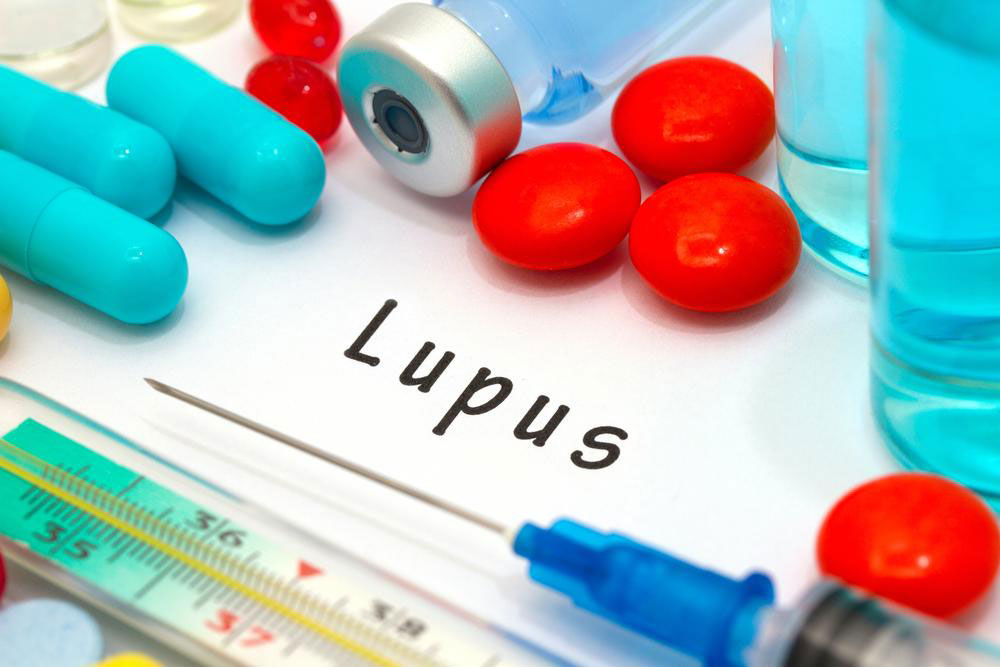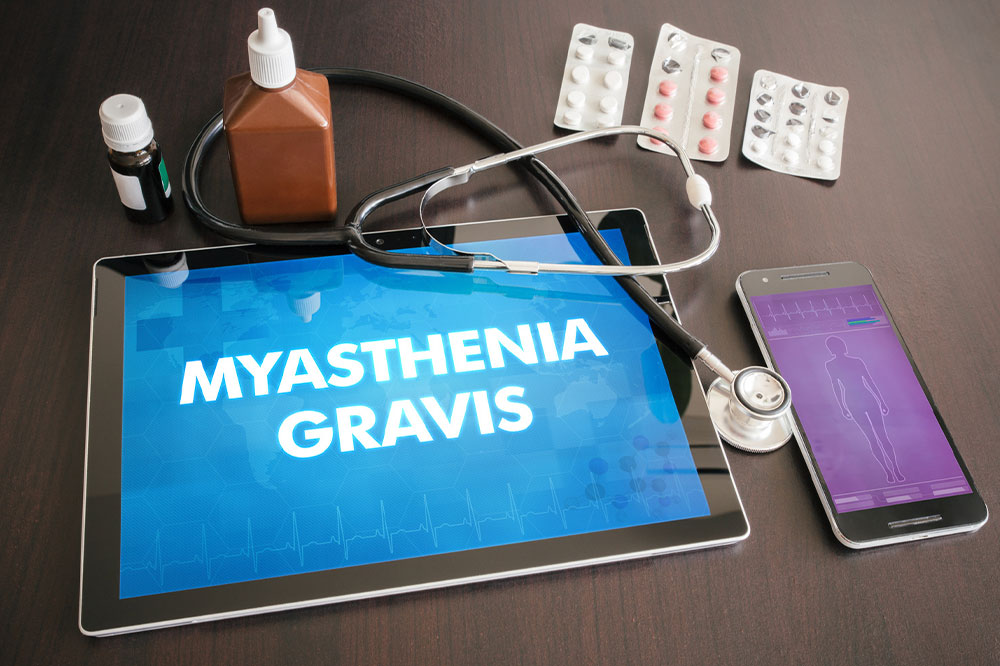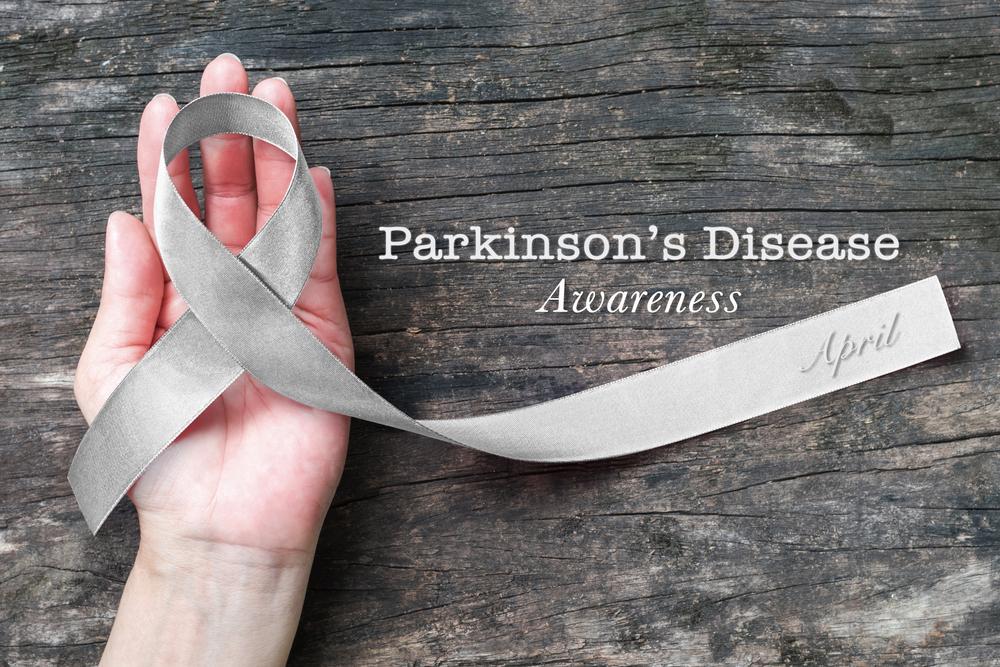Comprehensive Guide to Stiff Person Syndrome: Types, Causes, Symptoms, and Effective Management Strategies
Stiff Person Syndrome (SPS) is a rare autoimmune neurological disorder characterized by muscle rigidity, spasms, and postural issues. This comprehensive guide explores its types, causes, symptoms, diagnosis, and management strategies. Early detection and multidisciplinary treatment can improve quality of life. Advances in immunotherapy offer hope for better symptom control. Understanding SPS's intricacies helps patients and caregivers manage this challenging condition effectively. Accurate diagnosis, tailored therapies, and ongoing research are vital for improving patient outcomes, making awareness and expert care essential for those affected by this complex disease.

In-Depth Exploration of Stiff Person Syndrome: Variants, Underlying Causes, Symptoms, and Treatment Options
Stiff Person Syndrome (SPS) is a rare and complex neurological condition that progressive affects the nervous system, leading to significant muscle rigidity, painful muscle spasms, and a wide spectrum of symptoms that can vary greatly among patients. This disorder is primarily recognized as an autoimmune disease, arising from the immune system mistakenly attacking components of the nervous system. Originally termed 'stiff man syndrome,' the nomenclature was later changed to 'Stiff Person Syndrome' to better reflect the fact that the disorder can affect individuals of any gender and age group. Despite its rarity, SPS can seriously impact quality of life, making awareness, understanding, and proper management crucial for affected individuals.
Understanding the Different Variants of Stiff Person Syndrome
Classic SPS
This is the most prevalent form, accounting for approximately 80% of all cases. It typically presents with progressive muscle stiffness that mainly involves the trunk and limbs, often symmetrically. Patients exhibit antibodies directed against the enzyme glutamic acid decarboxylase (GAD), which plays a vital role in the synthesis of gamma-aminobutyric acid (GABA), an essential neurotransmitter for muscle relaxation and inhibition of over-excitation in the nervous system. The autoimmune response impairs GAD activity, leading to decreased GABA levels, resulting in muscle hyperactivity and rigidity.
PERM (Progressive Encephalomyelitis with Rigidity and Myoclonus)
This is a more severe and rapidly progressing variant. PERM includes a broader range of neurological symptoms such as eye movement abnormalities, decreased consciousness, autonomic dysfunction (like blood pressure fluctuations, abnormal sweating, and heart rate issues), and cerebellar signs like ataxia. Patients with PERM often exhibit high levels of GAD antibodies but may also have other autoantibodies. This form frequently requires hospitalization and aggressive immunotherapy to manage symptoms effectively.
Focal SPS
In contrast to the generalized forms, focal SPS affects only a specific part of the body, commonly one limb. This localized stiffness can cause significant impairment in movement and function localized to that limb, making early diagnosis and targeted therapy crucial.
Paraneoplastic SPS
This subtype is associated with underlying cancers such as lung, breast, or lymphomas. It results from an immune response triggered by the tumor, which produces antibodies attacking neural tissues (paraneoplastic antibodies). These cases often present with different antibody profiles compared to classic SPS and may require comprehensive cancer screening and oncological treatments in conjunction with neurological management.
Unraveling the Causes of Stiff Person Syndrome
The precise etiology of SPS remains elusive, yet substantial evidence points towards an autoimmune mechanism. The immune system mistakenly perceives components of the nervous system as threats and produces autoantibodies that interfere with normal neural function. The most commonly identified autoantibodies are directed against GAD, leading to impaired synthesis of GABA, which is fundamental for inhibiting excessive neural excitation and controlling muscle tone.
Besides GAD antibodies, researchers have identified other immune targets, including DPPX (dipeptidyl peptidase-like protein-6), amphiphysin, and glycine receptors, which contribute to the heterogeneity of the condition. Interestingly, some individuals with SPS exhibit no detectable autoantibodies, suggesting alternative immune pathways or yet undiscovered mechanisms might be involved in these cases.
Risk Factors That Predispose Individuals to SPS
Individuals with existing autoimmune diseases, such as autoimmune thyroiditis, pernicious anemia, vitiligo, or type 1 diabetes, tend to have a higher predisposition to develop SPS. This correlation underscores the autoimmune nature of the disorder, as it often coexists with other autoimmune conditions. Although SPS can affect individuals of any age, it shows a marked predominance among women, with nearly twice the incidence compared to men. Genetic susceptibility and environmental factors may also play a role, although research is ongoing to fully elucidate these influences.
Recognizing the Symptoms of Stiff Person Syndrome
Muscle Stiffness
Initially, stiffness often manifests in the back, chest, or abdominal muscles, progressively involving other muscle groups, including limbs. This stiffness leads to difficulty in movement, posture, and overall mobility.
Muscle Spasms
Sudden, unpredictable, and often painful muscle spasms are characteristic. These spasms can be triggered by external stimuli such as noise, light, touch, emotional stress, or temperature fluctuations. They may last for seconds to minutes, severely impairing daily activities.
Psychological Impact: Anxiety and Phobias
Patients frequently develop anxiety and phobic reactions, particularly fear of spasms or movement during attacks. This psychological response can lead to social withdrawal and diminished quality of life.
Postural Abnormalities
Chronic muscle rigidity often results in abnormal postures, such as a hunched or stooped stance, which can cause further complications and mobility issues.
Diagnosing Stiff Person Syndrome
Diagnosing SPS is challenging due to its rarity and symptom overlap with other neurological and autoimmune disorders. Healthcare professionals rely on a combination of clinical assessment and laboratory tests to confirm the diagnosis.
Serological Tests for Autoantibodies
Blood tests to detect GAD antibodies are a cornerstone in diagnosis. Elevated levels support the suspicion of SPS, especially when combined with clinical features.
Electromyography (EMG)
EMG measures electrical activity in muscles. In SPS, it typically reveals continuous motor unit activity at rest, distinguishing it from other causes of muscle stiffness.
Cerebrospinal Fluid (CSF) Analysis
Lumbar puncture to analyze CSF can detect GAD antibodies and other immune markers, providing additional evidence for autoimmune activity.
Current Management and Treatment Approaches
While there is currently no cure for SPS, various treatment modalities aim to control symptoms, improve quality of life, and prevent disease progression. Management typically involves a multidisciplinary approach, including pharmacological, physical, and supportive therapies.
Medication Strategies
GABAergic Drugs
Medications such as benzodiazepines (e.g., diazepam) enhance GABA activity, helping to reduce muscle stiffness and spasms.
Immunotherapy
Therapies aimed at modulating the immune response include Intravenous Immunoglobulin (IVIG), plasmapheresis, corticosteroids, and immunosuppressants. IVIG has shown promising results in reducing symptoms and improving the overall condition of patients.
Other Medications
Muscle relaxants, antispasmodics, and analgesics may be used adjunctively to manage spasms and pain.
Physical and Supportive Therapies
Physical Therapy
Tailored exercises and stretching routines help improve flexibility, strength, and posture. Physical therapy can significantly reduce stiffness and enhance mobility.
Massage and Hydrotherapy
Techniques such as massage and water-based therapy provide relaxation and decrease muscle tension.
Heat Therapy and Acupuncture
These interventions help alleviate muscle pain and spasms, providing symptomatic relief.
Emerging and Complementary Therapies
Stem cell therapy and other experimental treatments are under investigation for their potential benefits in SPS management.
Living with SPS: Challenges and Outlook
Patients with SPS face ongoing challenges such as unpredictable spasms, mobility issues, and psychological impacts. The chronic nature of the disorder necessitates continuous management and support from healthcare professionals, caregivers, and support groups. Early diagnosis and treatment initiation are crucial to minimize disability and improve life quality. Although no definitive cure exists, advances in immunotherapy and symptomatic treatments have significantly improved prognosis for many patients. Ongoing research continues to explore new therapies with the hope of discovering more effective options in the future.
In conclusion, understanding SPS's complexities enhances early detection and comprehensive care. Patients should work closely with a neurologist experienced in autoimmune neurological disorders to develop personalized treatment plans, optimize symptom control, and improve overall well-being.





